Health Conditions Managed
Critically ill population needing intensive care
Critically ill patients requiring intensive care are often facing life-threatening conditions that demand specialized medical attention. Intensive Care Units (ICUs) serve as the frontline for managing severe illnesses, where a multidisciplinary team—including intensivists, nurses, respiratory therapists, and pharmacists—works collaboratively to provide advanced monitoring and treatment. This includes the use of life-sustaining technologies such as ventilators and ECMO, tailored to each patient’s needs. The emotional toll on both patients and their families can be significant, highlighting the importance of effective communication and support systems. Family involvement is crucial, with policies aimed at facilitating visitation and resources like social work and chaplaincy services to assist in navigating this challenging experience.
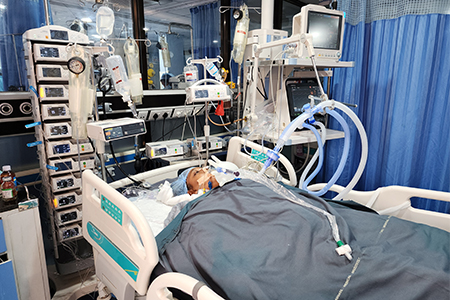
Fever/Infections
Fever is a common symptom that often indicates an underlying infection, as the body’s immune response triggers an increase in temperature to help combat pathogens. Infections can arise from various sources, including bacterial, viral, fungal, and parasitic agents, and can manifest in different ways depending on the affected area. Common infections associated with fever include respiratory illnesses, urinary tract infections, and gastrointestinal infections. In critically ill patients, the presence of fever can signal a serious condition requiring immediate medical evaluation, as it may complicate their overall health status. Accurate diagnosis often involves a combination of clinical assessment, laboratory tests, and imaging studies to identify the source of the infection. Effective management typically includes appropriate antimicrobial therapy and supportive care, aimed at reducing fever and addressing the infection while monitoring for potential complications. Understanding the relationship between fever and infections is crucial for timely intervention and improved patient outcomes.


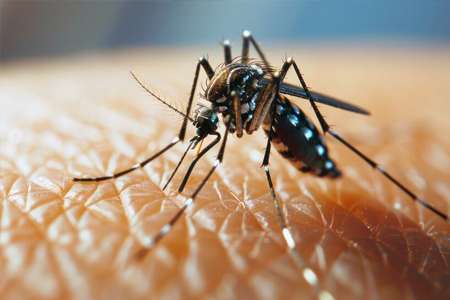
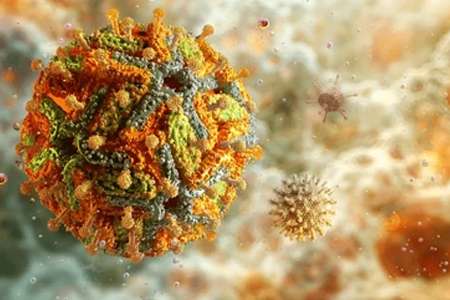

Lifestyle diseases-diabetes and hypertension
Lifestyle diseases such as diabetes, dyslipidemia and hypertension have become increasingly prevalent due to modern lifestyle choices, including poor diet, lack of physical activity, and high stress levels. Diabetes occurs when the body cannot properly regulate blood sugar levels, often due to insulin resistance or insufficient insulin production. This condition is commonly linked to unhealthy eating habits and sedentary living. Similarly, hypertension (high blood pressure) is often caused by excessive salt intake, lack of exercise, and obesity. Both conditions significantly increase the risk of heart disease, stroke, and kidney problems. Adopting a balanced diet, regular physical activity, and stress management techniques are crucial in preventing and managing these chronic diseases.
ARDS/pneumonia
Acute Respiratory Distress Syndrome (ARDS) and pneumonia are serious respiratory conditions that can lead to significant morbidity and mortality, particularly in critically ill patients. ARDS is characterized by widespread inflammation in the lungs, leading to impaired gas exchange and severe hypoxemia. It can be triggered by various factors, including pneumonia, sepsis, trauma, or inhalation of harmful substances. Pneumonia, an infection of the lung tissue, can be caused by bacteria, viruses, or fungi, and often presents with symptoms like cough, fever, and difficulty breathing. In some cases, pneumonia can progress to ARDS, particularly when the infection leads to significant lung injury.Management of ARDS typically involves supportive care, such as mechanical ventilation and oxygen therapy, while pneumonia treatment may include antibiotics or antiviral medications, depending on the causative agent.
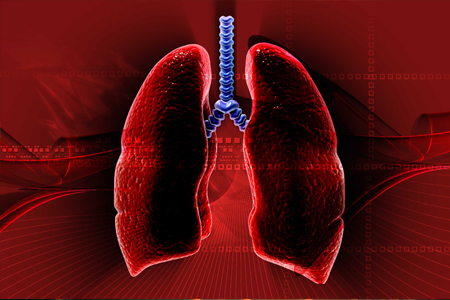

Poisoning/Snake bites
Poisoning and snake bites are critical medical emergencies that require prompt intervention to mitigate severe health risks. Poisoning can result from exposure to toxic substances, including chemicals, medications, or household products, and symptoms may vary widely depending on the toxin involved. Treatment often involves supportive care, such as stabilizing vital signs, decontamination, and administration of antidotes when available. Snake bites, on the other hand, pose unique challenges; envenomation can lead to systemic effects, including pain, swelling, and potentially life-threatening complications such as coagulopathy or respiratory failure. The management of snake bites typically includes early Anti snake venom when indicated followed by respiratory support for neurotoxic bites. For hemotoxic bites, support ranges from fluid management, treatment for deranged coagulation parameters and renal support including renal replacement therapy when needed.
ECMO support
Extracorporeal Membrane Oxygenation (ECMO) is a life-saving medical intervention used for patients with severe respiratory or cardiac failure when conventional therapies are insufficient. This advanced form of support functions by circulating the patient’s blood through an external machine that adds oxygen and removes carbon dioxide, effectively taking over the role of the lungs and, in some cases, the heart. ECMO is particularly valuable in situations such as Acute Respiratory Distress Syndrome (ARDS), severe pneumonia, or cardiogenic shock, where patients are unable to maintain adequate oxygenation or perfusion. The procedure requires careful management, including anticoagulation to prevent clotting and close monitoring for potential complications such as bleeding or infection.
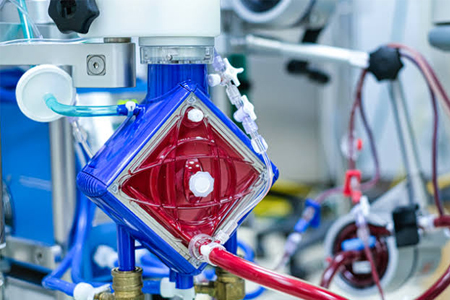

Post arrest care
Post-arrest care is a critical phase following the return of spontaneous circulation (ROSC) after a cardiac arrest, and it focuses on optimizing patient outcomes and preventing neurological damage. The initial steps include careful monitoring of vital signs, ensuring adequate oxygenation and ventilation, and addressing any underlying causes of the arrest, such as arrhythmias or electrolyte imbalances. Targeted temperature management is often employed to induce hypothermia, which has been shown to improve neurological outcomes by reducing metabolic demands on the brain. Continuous assessment of neurological status is essential, using tools like the Glasgow Coma Scale, to gauge recovery and detect any potential complications. Furthermore, comprehensive post-arrest care involves coordination among a multidisciplinary team to manage cardiac function, initiate appropriate therapeutic interventions, and prepare for potential rehabilitation.
Anemia/Thrombocytopenia
Anemia is a condition characterized by a deficiency of red blood cells (RBCs) or hemoglobin in the blood, resulting in reduced oxygen transport to the body’s tissues. It can arise due to various causes, such as nutritional deficiencies (e.g., iron, vitamin B12, folate), chronic diseases, bone marrow disorders, or blood loss. Symptoms commonly include fatigue, weakness, pallor, shortness of breath, and dizziness. Diagnosis is typically based on blood tests showing low hemoglobin levels and RBC count. Treatment depends on the underlying cause and may involve iron supplements, vitamin therapy, or more advanced interventions like blood transfusions.
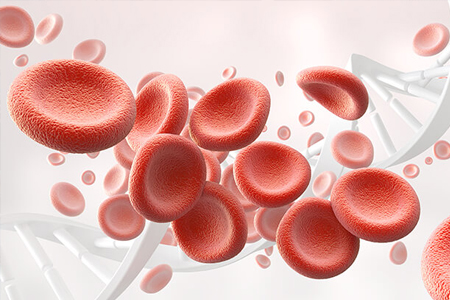
Thrombocytopenia, on the other hand, refers to a condition where there is a low platelet count in the blood, which can impair the blood’s ability to clot. Platelets are essential for wound healing and preventing excessive bleeding. Thrombocytopenia may be caused by bone marrow disorders, low vitamin B12 levels,autoimmune diseases, infections, certain medications, or splenic sequestration. Symptoms can range from easy bruising and prolonged bleeding to more severe manifestations like spontaneous bleeding. Diagnosis is made through a complete blood count (CBC), and treatment varies, ranging from addressing the underlying cause to platelet transfusions or medications that promote platelet production.
Both conditions can overlap in certain medical conditions, such as bone marrow failure syndromes, and may require a comprehensive approach to diagnosis and managem

Obstetric Critical care
Obstetric critical care focuses on managing life-threatening conditions in pregnant or postpartum women, aiming to stabilize maternal and fetal health. Key conditions include obstetric hemorrhage (e.g., postpartum hemorrhage, placental abruption), hypertensive disorders (preeclampsia, eclampsia), sepsis, and cardiovascular emergencies (peripartum cardiomyopathy, myocardial infarction). Early intervention with fluid resuscitation, blood products, and vasopressors is critical for shock management. Multidisciplinary care involving obstetricians, intensivists, anesthesiologists, and neonatologists ensures comprehensive treatment. Key treatments include magnesium sulfate for eclampsia, antihypertensives for preeclampsia, and antibiotics for infections. Continuous maternal and fetal monitoring is essential to guide care. Timing of delivery is crucial in managing complications while balancing maternal and fetal outcomes. Postpartum care focuses on close monitoring and psychological support for recovery.

